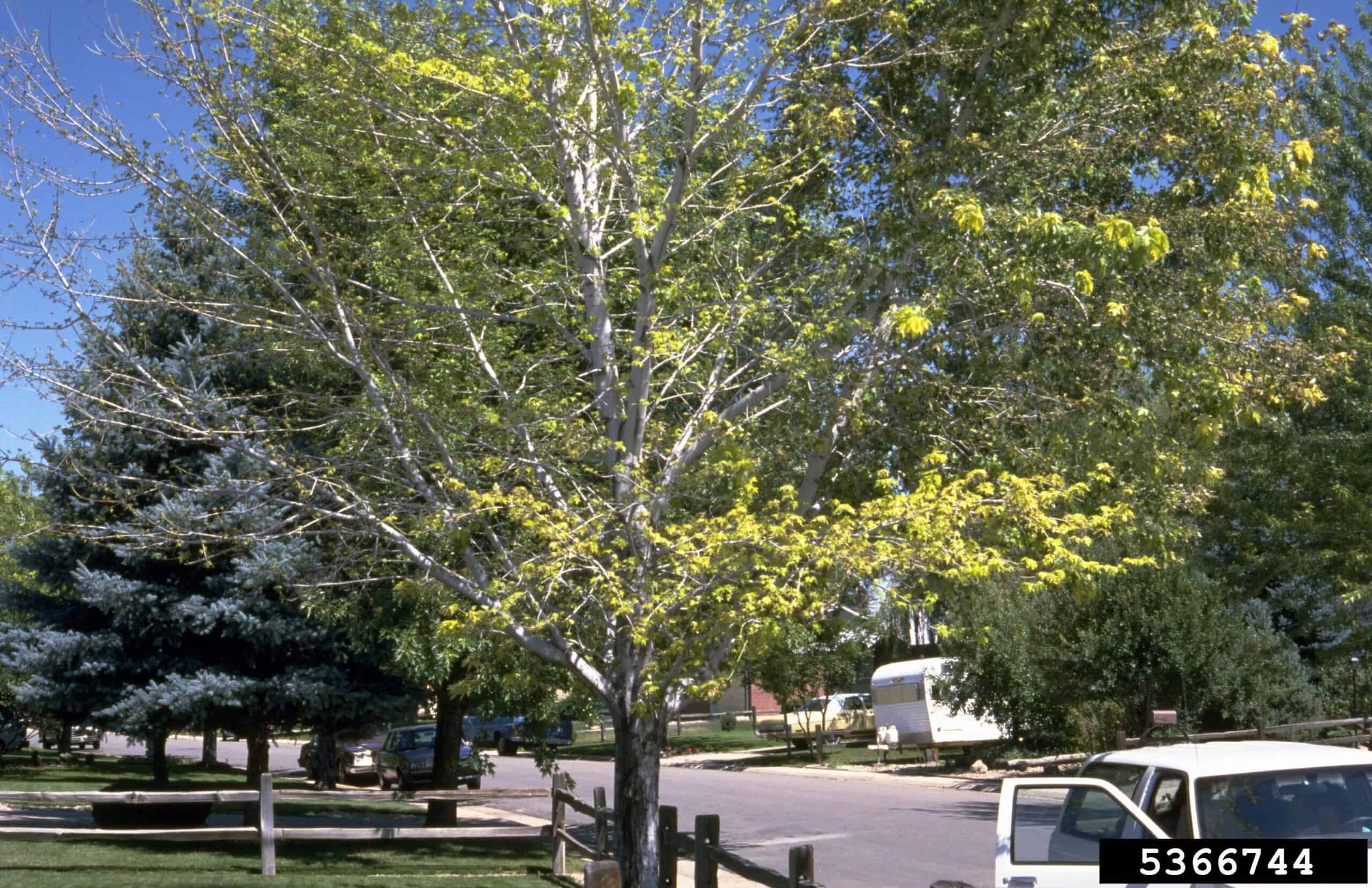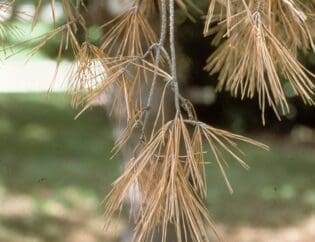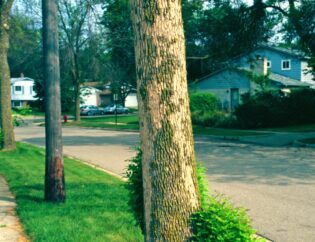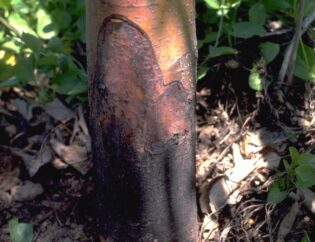
Disease Origins and Prevalence in Chicago
Verticillium wilt originates from soil fungi prevalent in Illinois, particularly in urban settings like Chicago. The fungi, thriving in damp and compacted soils, render urban trees especially vulnerable. The incidence of the disease spikes during the wet season, demanding vigilant tree care and regular monitoring. The fungi persist in the soil as microsclerotia, capable of lying dormant for years, posing an ongoing threat to tree health. Infection occurs when roots of susceptible plants come into proximity with these dormant spores, leading to the wilting and discoloration of leaves, a hallmark of the disease. This underscores the importance of soil management and the selection of planting locations to mitigate the risk of Verticillium wilt in urban green spaces.
Identifying Verticillium Wilt in Trees
Early detection of Verticillium wilt is critical for maintaining tree health. Key signs include leaf discoloration, often beginning at the margins and typically one-sided, and branch dieback. Hardwoods, notably maples and oaks, may show dark streaks in the wood. These symptoms, resembling drought stress, necessitate expert diagnosis for confirmation. Diseased trees might display discolored sapwood, with maples revealing greenish streaks and smoke-trees showing yellow-green discoloration. However, in some trees, particularly younger branches, this discoloration might not be evident, complicating the diagnosis. The disease manifests in two forms: a gradual decline over several years or a rapid progression leading to death within weeks. This variability in disease progression complicates management strategies and highlights the importance of regular monitoring and professional assessment for effective control.
Affected Tree Species
Verticillium wilt affects a broad range of tree species, including commonly found hardwoods like maple, oak, and elm. Some conifers and ornamental species are also susceptible. It’s crucial to understand the vulnerability of specific trees in one’s landscape for effective prevention and management. Planting in favorable sites, employing suitable mulching techniques, and selecting resistant species are key strategies to mitigate the risk of infection. Trees planted in well-draining soil, receiving adequate water, and protected from physical damage are less likely to succumb to Verticillium wilt. Our arborists can advise on the best species for your landscape to ensure long-term tree health and vibrancy.
Consequences of Neglecting Verticillium Wilt
Untreated Verticillium wilt leads to significant tree decline and potentially tree death. The consequences extend beyond aesthetic loss, posing safety risks due to weakened tree structures and potential falling hazards. Trees not yet dead may occasionally outgrow the fungus; however, dead branches should be pruned out to enhance overall plant vigor and prevent further disease spread. Transmission of the disease via pruning tools underscores the importance of proper sanitation practices. Sterilizing tools between cuts and trees is a crucial step in managing Verticillium wilt and maintaining the health of the urban forest.
Treatment and Removal Strategies
While no direct cure exists for Verticillium wilt, proactive soil management, proper watering, and balanced fertilization can significantly mitigate its impact. In severe cases, professional removal of affected trees might be necessary to prevent the spread of the disease to adjacent trees. Replacing removed trees with species resistant to Verticillium wilt is crucial for maintaining ecological balance and aesthetic appeal. Progressive Tree Service offers expert removal services, ensuring safe and efficient tree removal while advising on suitable replacements to enhance the health and beauty of your landscape.
Progressive Tree Service: Experts in Verticillium Wilt Management
At Progressive Tree Service, we specialize in identifying, preventing, and managing tree diseases like Verticillium wilt. Our team of certified arborists brings years of experience in arboriculture to safeguard the health of Chicago’s urban forest. We combine extensive knowledge of local tree species and environmental conditions with the latest advancements in tree health science to provide the highest level of care for your trees. Our comprehensive approach to tree health includes regular inspections, soil testing, and tailored solutions to address the unique challenges posed by Verticillium wilt.
Our Approach
Our extensive experience with Verticillium wilt equips us to offer customized solutions for your trees. We utilize a combination of field expertise and scientific knowledge to diagnose and manage this disease effectively. Our team is adept at recognizing early signs of Verticillium wilt, ensuring timely intervention and preventing its spread within your landscape. We employ strategic pruning techniques, soil health improvement measures, and targeted fertilization and irrigation methods to mitigate the disease’s impact and preserve the vitality of your trees.
Comprehensive Prevention, Mitigation, and Treatment Services
Our approach to managing Verticillium wilt includes:
- Preventive Care: Regular tree inspections and soil testing to assess susceptibility and recommend resistant species.
- Mitigation Strategies: Strategic pruning to remove infected limbs, soil health improvement, and proper irrigation techniques to enhance tree vigor.
- Treatment Options: Employing targeted fertilization and soil amendments to strengthen trees and mitigate disease impact where treatment is viable.
Why Choose Us
Opting for Progressive Tree Service means choosing a team dedicated to the health and beauty of your trees. Our arborists are not just service providers but committed stewards of Chicago’s green spaces. Equipped with extensive knowledge and the necessary tools, we are prepared to tackle any tree health challenge, including Verticillium wilt, ensuring the longevity and aesthetic appeal of your landscape.
Understanding and effectively managing Verticillium wilt is vital for the health and beauty of your trees. Contact Progressive Tree Service for expert guidance and professional tree care services. Let us partner with you to maintain a healthy, vibrant tree canopy, ensuring the longevity and beauty of your trees amidst challenges like Verticillium wilt.
William Jacobi, Colorado State University, Bugwood.org
* we are not affiliated with bugwood.org


